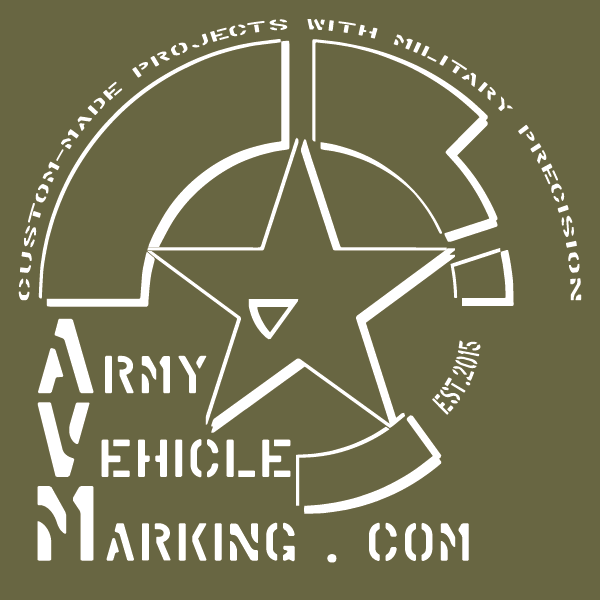
During World War II, POM (Preparation for Overseas Movement) markings were used by the Allies to identify military vehicles and equipment that were being prepared for shipment overseas to support the war effort. These markings played a vital role in ensuring that equipment was properly tracked and accounted for as it was moved around the globe. But POM markings did more than just help with logistics; they also played an important role in the development of the modern barcode system.
The idea for the barcode system was originally inspired by the POM markings used during World War II. Graduate student Norman Woodland and his advisor, Bernard Silver, saw how POM markings were used to identify equipment being shipped overseas and realized that a similar system could be used to automatically read product information using a scanner.
Today, barcode technology is used in many industries, including retail, healthcare, and logistics. It’s hard to imagine modern life without barcodes, which make it possible to track and identify products in real-time quickly and easily.
During the D-Day Normandy landings, POM markings played a crucial role in the preparation and logistics of the operation. The invasion force consisted of over 156,000 troops, 5,000 ships, and 11,000 planes, and POM markings were used to ensure that each vehicle and piece of equipment was properly accounted for and ready to be deployed to the Normandy beaches.
Overall, the use of POM markings during World War II played a vital role in the success of the Allied forces. These markings helped to ensure that the war effort was able to progress towards victory. The legacy of POM markings lives on in the barcode system that we use today, which owes its origins to this important logistics innovation from the Second World War.
